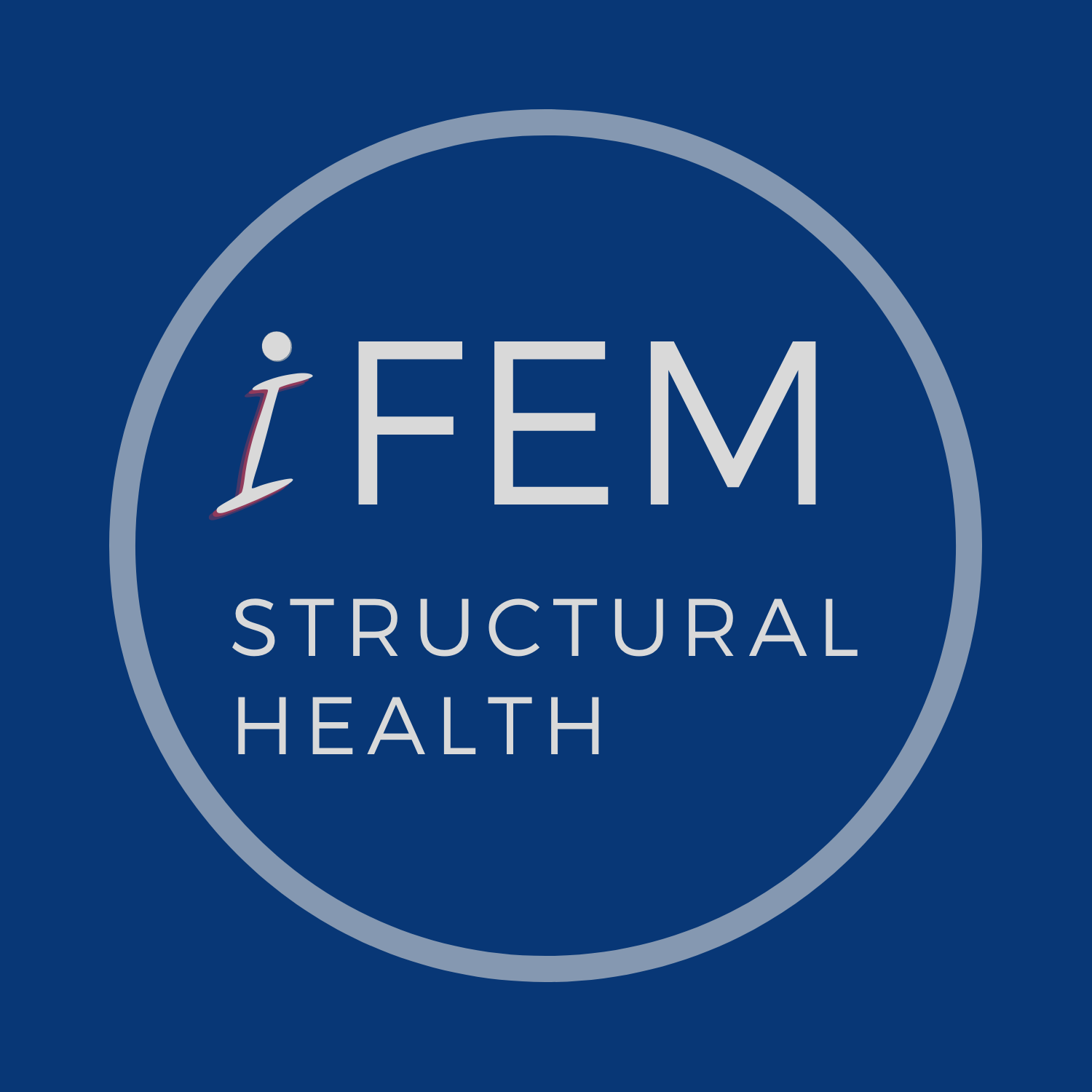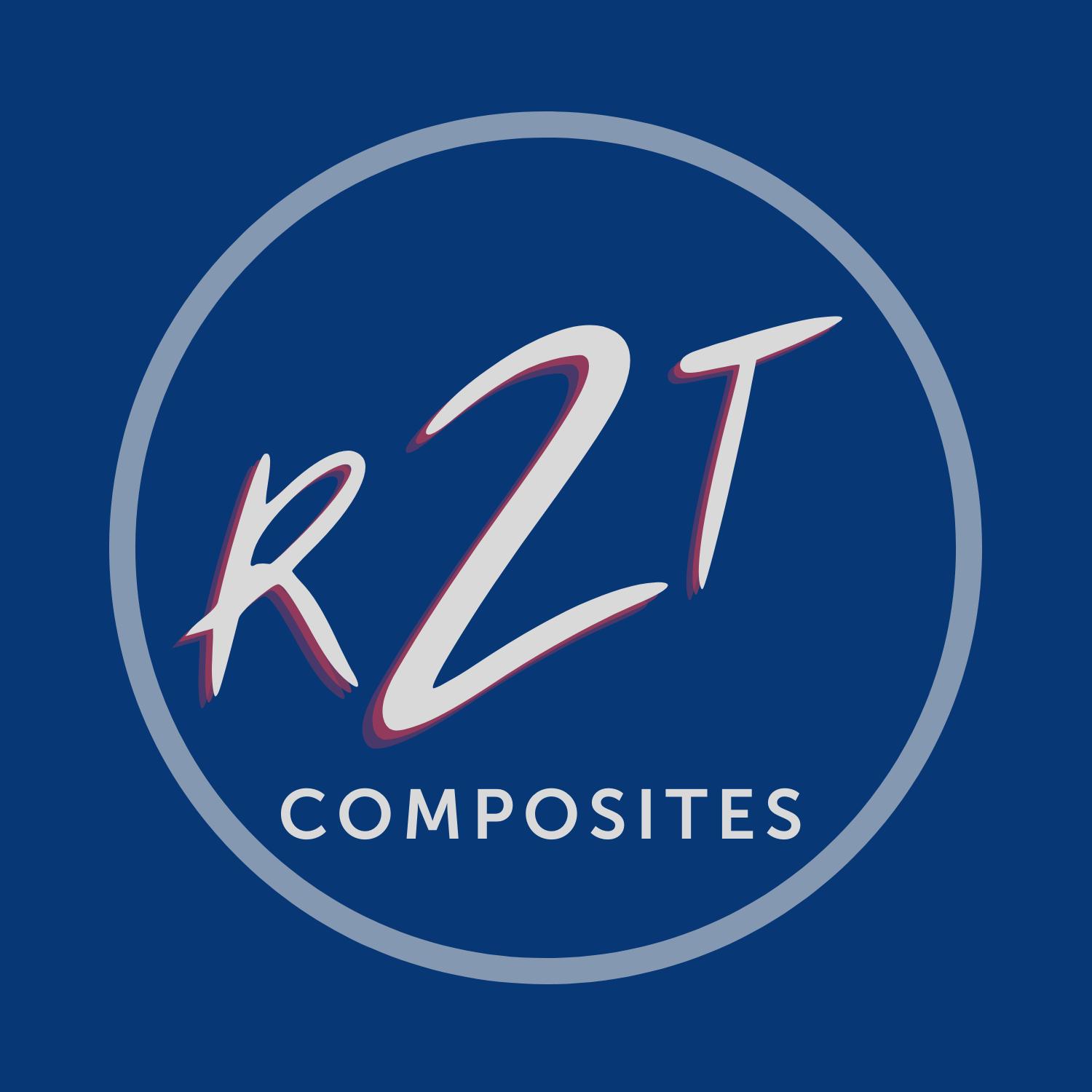



TRA (Tessler and co-authors; originated in 2003) developed a novel state-of-the-art computational methodology called the inverse Finite Element Method (iFEM), which is a particularly versatile approach to shape sensing of a variety of structures including beams, plates and shells, for applications to aeronautical, naval and civil engineering vehicles and structures. Unlike other inverse methods, iFEM is ideally suited for onboard structural health monitoring because it takes into account the complexity of any structural topology and displacement boundary conditions and relies only on in-situ strain measurements. The method uses a weighted-least-square variational principle, which is discretized by continuous displacement-based finite elements. Moreover, the methodology can accommodate arbitrarily positioned and oriented strain sensors (gauges). To model arbitrary plate and shell structures, first-order shear deformation theory (FSDT) is used to develop a wide reange of inverse finite elements, including three- and four-node inverse shell elements. The methodology has been validated on numerous structures using numerically generated and experimentally measured strains, for geometrically linear and nonlinear deformations. The strain data used are based on the traditional strain gauges and FBG (Fiber Bragg Grating) strain sensors. An additional advantage of the iFEM technology is that high-fidelity models can be used in the presence of relatively sparse in-situ strain data. Several advantages accrue from the very fact that iFEM uses only strain-displacement relations. One advantage is that static and dynamic response predictions can be accurately obtained without knowledge of material, inertial, loading, or structural damping properties. In addition, iFEM has been shown to be robust with respect to inherent errors in the strain measurements.
TRA currently provides a robust finite element capability using an efficient and accurate three-node inverse shell element. The element formulation is implemented as a user-element subroutine (UEL) that runs in the widely used commercial finite element software, ABAQUS. Additional element types have also been developed including a two-node beam element and a four-node shell element. These capabilities can also be made available as UEL’s for ABAQUS.
TRA (Tessler and co-authors; originated in 2007) developed a computationally efficient and highly accurate theoretical framework for the analysis of multilayered laminated composites and sandwich structures that can also include delaminations. The theory is known as the Refined Zigzag Theory (RZT). RZT is well suited for finite element analysis and has been implemented by various finite element models.
TRA currently provides a robust RZT-based finite element capability using an efficient and accurate three-node shear deformable shell element. The element formulation is implemented as a user-element subroutine (UEL) that runs in the widely used commercial finite element software, ABAQUS. Additional element types have also been developed including a two-node beam element and a four-node shell element. These capabilities can also be made available as UEL’s for ABAQUS.